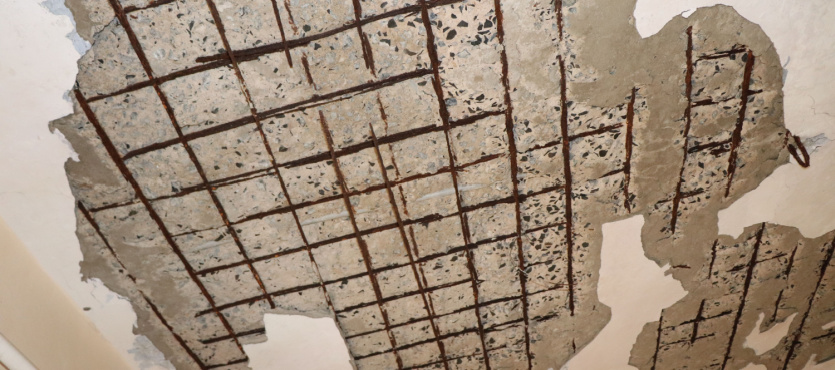Concrete is an extremely versatile building material that you can find just about anywhere and in different types of buildings, facilities, and homes. While the material is exceptionally durable and able to last a long time, concrete is still not impervious to damage or natural wear over a prolonged period.
At some point, you have probably come across concrete walls or foundations that have sections showing signs of breaking or crumbling, known as spalling. As with many building materials, quickly identifying the signs of spalling and addressing them quickly is the key to resolving issues before they develop into worse problems. With that in mind, here is what you need to know about concrete spalling.
What Is Concrete Spalling?
Spalling is the process of breaking into smaller pieces, which is what you see when you look at dilapidated concrete structures that are beginning to crumble away or break into smaller sections. This happens due to chemical reactions within the concrete, causing it to develop various compounds that add additional inner weight that the structure was never originally intended to support.
As small pieces of the concrete continue to break away, it allows more room for air to react with the interior of the concrete, leading to further deterioration and damage. Quickly finding signs of spalling is vital to preserve the integrity of the structure and prevent further deterioration from spreading and harming the rest of the building.
What Causes Concrete Spalling?
Concrete spalling can happen for many reasons, but identifying them can help you mitigate the risks and maintain your concrete structures. Some of the causes of concrete spalling include natural wear and tear from freeze and thaw cycles, corrosion due to water exposure, electrochemical reactions from de-icing salts, and improper curing and finishing techniques during the building process.
Additionally, the quality of the concrete also plays a role in the longevity of the structure. Subpar-quality concrete is the leading cause of deterioration. While the cause of deterioration can vary, buildings located along the coast with high exposure to salts are more likely to experience spalling, as are homes in frigid northern climates that utilize rock salts in the winters. Additionally, cosmopolitan areas with high amounts of pollution are also prone to causing damage to concrete and leading to spalling.
What Can You Do?
When you find concrete spalling, the best course of action is to hire a team of professionals to assess and address the situation. However, there are things you can do beforehand to prevent spalling from occurring in the first place. If you find holes and cracks, which is how moisture seeps in and invades concrete structures and leads to deterioration, seal them quickly before they develop into worse problems.
Additionally, providing sufficient ventilation is important in moisture-prone places. By having plenty of vents, windows, or doors to provide proper ventilation in your bathroom or kitchen, you can help prevent any concrete structure from experiencing corrosion due to moisture.
Finally, painting over concrete surfaces can help slow down the carbonation process and prevent moisture from entering the concrete and leading to spalling. If you do decide to paint, try using quality paint or anti-carbonation chemicals for the best results.
Hire Professionals To Repair Any Concrete Spalling
If you find concrete that is spalling, acting quickly will help you preserve the integrity of the structure and prevent costlier repairs from becoming a necessity. Turnbull Masonry offers quality services for a wide range of masonry services – including concrete spalling – that you can rely on and trust. If you want to learn more or schedule an appointment to fix any deteriorating concrete that you are seeing, contact us today.

